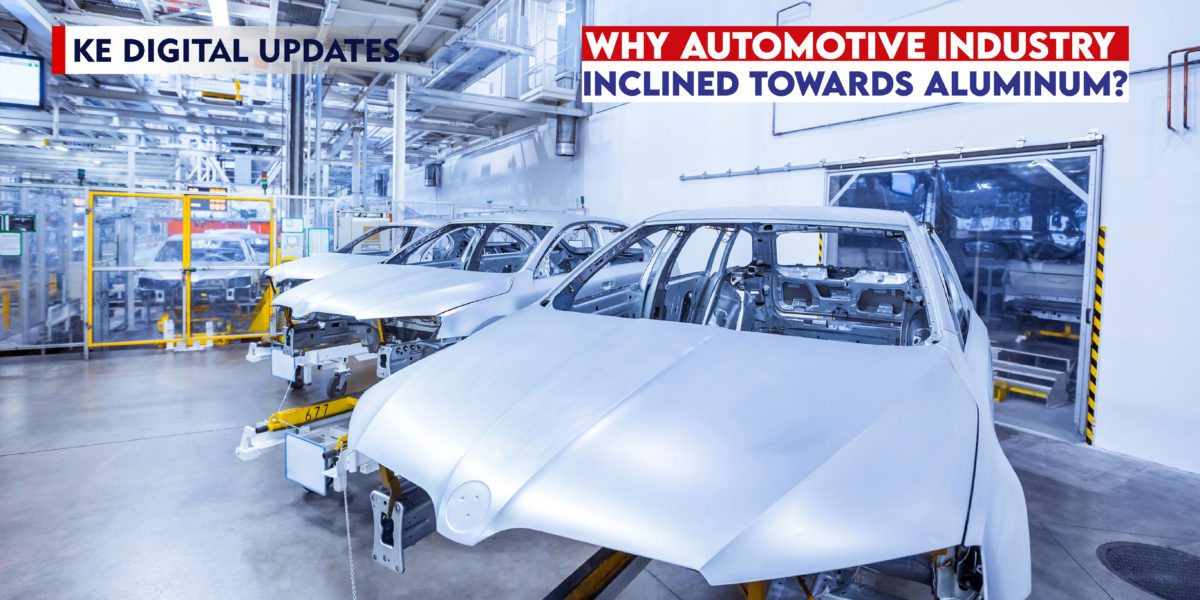Car manufacturers focus on lower-weight vehicles to increase performance and save fuel. Aluminum gains importance compare to steel. Aluminum has used in hoods, trunk lids, side doors, roof tailgates, gates of lifts, and automobiles. In 2015, almost every auto manufacturer made at least one lightweight vehicle. But its cost is more. Steel can be used in place of aluminum in small cars again.
John Catterall, vice president of Automotive Program American Iron & Steel Institute (AISI), stated that when aluminum 150 was used in body trucks, it was a perception that all truck bodies would be in aluminum in the future. Still, we did a good job and provided facts to OEMs (Original Equipment Manufacturer) that replacing aluminum with steel may not be the right decision. When considering small vehicles, it is easy for steel to come back because aluminum is more costly than steel.
Significant characteristics of aluminum are lightweight, high ductility, and good conductivity. In contrast, steel has some good attributes like low maintenance, heat resistance, high tensile strength, and durability. The malleability of aluminum is more than steel. Steel has the property of being prone to stain & rusting. Aluminum is not suitable for high temperatures as it softens at 400 °F and melts at 1220 °F, but steel melts at 2500 °F. However, aluminum is ideal for low temperatures because its strength increases at low temperatures.
Dean Kanelos (Market Development & Product Application Manager, Nucor) stated that CAFE (The corporate Average Fuel Economy) standards set/define the average fuel economy of new vehicles in the USA due to OEMs. OEMs require reducing the weight to get rid of penalties. So, it is easier to switch to steel from aluminum for small vehicles than for large bodies.
The impact of electrification of transport on steel in automobile manufacturing is also considerable. With electrification, the expense of the battery will be US$100/Kilowatt-hour. So, there is a tradeoff between increasing the battery’s size and using aluminum. The shift from steel to aluminum means we pay more for reducing weight. So, cost-benefit analysis shows that using steel in Auto manufacturing is beneficial due to affordability.
Cleveland Cliff Inc. (CLF) is America’s major flat-rolled steel firm. Brain Bishop Executive President at CLF, is taking this challenge as an opportunity for research & development to bring evolution to the automotive space. If 1 ton of steel is used per car, it will require a 17 million build rate annually for the demand of 4 million tons. This experiment is interesting for steel and car producers and will be more apparent in 2023.


